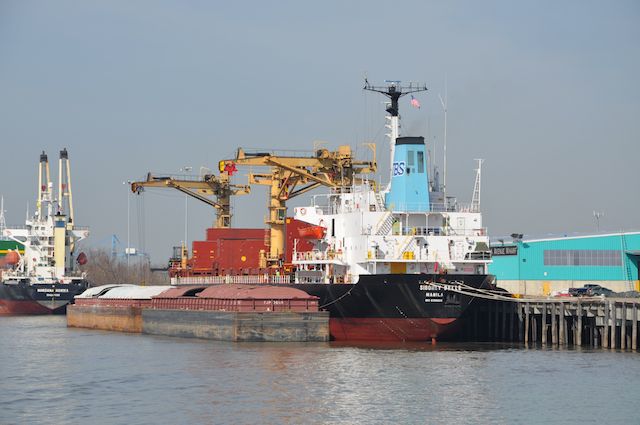On Monday, the U.S. Department of Transportation released the final Beyond Traffic 2045 report highlighting transportation challenges the United States will face over the next 30 years. The report finds that the U.S. transportation system, and the current planning and funding mechanisms, will not meet the demands presented by trends including population growth, climate change, and new technologies like driverless cars.
“Beyond Traffic started a long overdue conversation about whether our transportation infrastructure will keep pace with our changing country,” said Transportation Secretary Anthony Foxx. “The final report again shows that if we do not invest in our infrastructure, we will let conditions move us backwards.”
Beyond Traffic 2045 was the product of more than two years of research and study by DOT. A draft of the report, published in February 2015, was downloaded over 500,000 times from the DOT website, and the agency received thousands of comments from the public through workshops, webinars, and online feedback. Foxx and DOT leaders also held public meetings in 11 cities across the country in late 2015 to explore the challenges facing each of the emerging megaregions.
The report looks at broader trends, such as population growth and increasing freight volume, as well as issues of economic opportunity, transportation funding, and emerging technologies, to identify the key transportation challenges that the United States will face.
Trends explored in Beyond Traffic 2045 include:
How we move. America’s population is expected to grow 70 million by 2045, and by 2050, three-quarters of Americans could live in 11 emerging megaregions – larger geographic clusters in spanning multiple cities and communities.
How we move things. Freight volume is expected to increase by more than 40%, adding extra demand to our transportation networks.
How we adapt. Predicted rises in global temperatures and mean sea levels, and more frequent and intense storm events, could drastically affect highways, bridges, public transportation, coastal ports and waterways.
In his introduction to the report, Foxx outlines three strategies that need to be employed to ensure that America is able to meet the challenges of the next 30 years: take better care of our legacy transportation systems to keep our roads, bridges, and ports in good repair; fund and prioritize new projects based on future projections, not outdated models of how people moved in the past; and use technologies and better design approaches that will allow us to maximize the use of our old and new transportation assets.
In conjunction with the release of Beyond Traffic 2045, Foxx designated 18 Beyond Traffic Innovation Centers across the country to lead research on the transportation challenges outlined in the report. The centers are non-profit institutions of higher education and non-profit organizations which convene leaders and other key decision-makers in each of 11 megaregions around the U.S., as well as in rural communities, to discuss these challenges and coordinate related research, curriculum, outreach, and other activities.
The full list of Beyond Traffic Innovation Centers and more information about Beyond Traffic 2045 is available on the DOT website.




